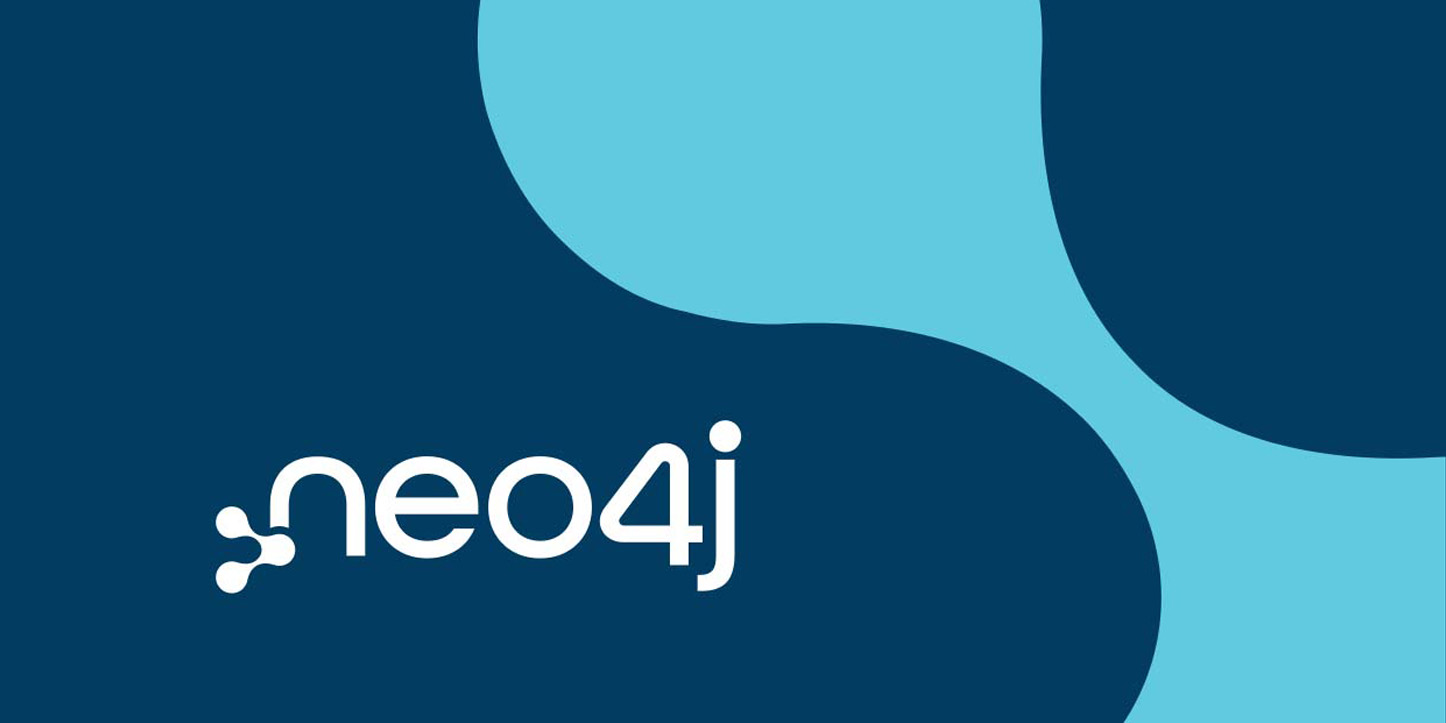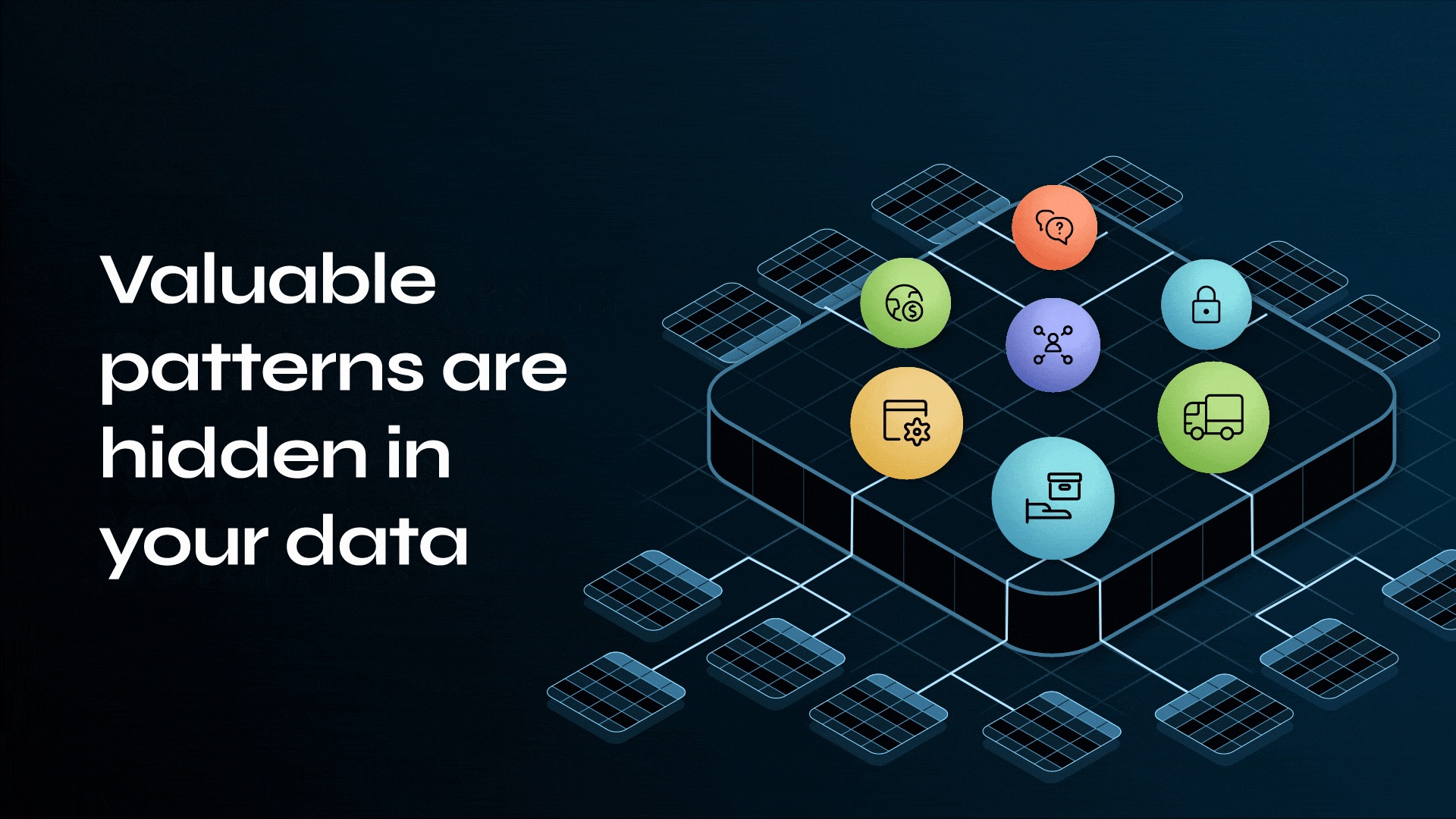The 5-Minute Interview: Peter Walker, Project Manager at Cisco

Senior Manager, Content, Neo4j
3 min read

 “We tried doing our work with RDBMS, but found that the queries were just going too slowly,” said Peter Walker, Project Manager at Cisco.
“We tried doing our work with RDBMS, but found that the queries were just going too slowly,” said Peter Walker, Project Manager at Cisco.
Peter and his team were looking for way to mine customer support case notes and find patterns that would allow them to anticipate and address product bugs. Unfortunately, relational databases – despite the name – aren’t well suited for finding data relationships.
In this week’s five-minute interview (conducted at GraphConnect San Francisco), we discuss how Cisco was able to harness the power of graph databases to find patterns in bug ID data, which allowed them to reduce the number of hardware return requests received by the company.
Talk to us about how you use Neo4j at Cisco.
Peter Walker: We’re in the services organization, and we data mine our customer support case notes to find entities such as bug IDs, product IDs, URLs and error messages. Any time our support engineers work on an issue for our customers, they log case notes about the issue.
We have the ability to go through those notes and load them into Neo4j on a daily basis. We include a lot of metadata associated with the case: which team member logged it, what work group they belong to and the classification of the case, along with a bunch of other rich metadata.
We have a number of uses for this data once it’s uploaded into our database. For example, we feed document reference information into our search engine to help with data relevancy. If people frequently reference a support center document, that indicates it’s a good document. This lets customer support answer the questions: What are the important documents? And what are the top 10 most important documents for this technology?
What made Neo4j stand out?
Walker: We first tried doing this work with RDBMS – specifically the Oracle RDBMS – but found that our queries were running too slowly. Someone on our team who had experience with Neo4j recommended the graph database, and it worked really well for what we needed.
What’s the most interesting or surprising result you’ve seen while using Neo4j?
Walker: When we were data mining bug IDs, one of our problems was that sometimes a customer opened a case and it appeared as if it were a hardware problem that required a Return Merchandise Authorization (RMA). But often we found that many of the RMAs were software-related.
By surfacing the most frequently mentioned bug IDs in the case loads, it has allowed us to address avoidable RMA problems. This saves us money and is helpful for customers, and has become a use case for us that’s really gaining traction.
Anything else you’d like to share?
Walker: Neo4j is a great product, and we love coming to GraphConnect.
Want to share about your Neo4j project in a future 5-Minute Interview? Drop us a line at content@neo4j.com








